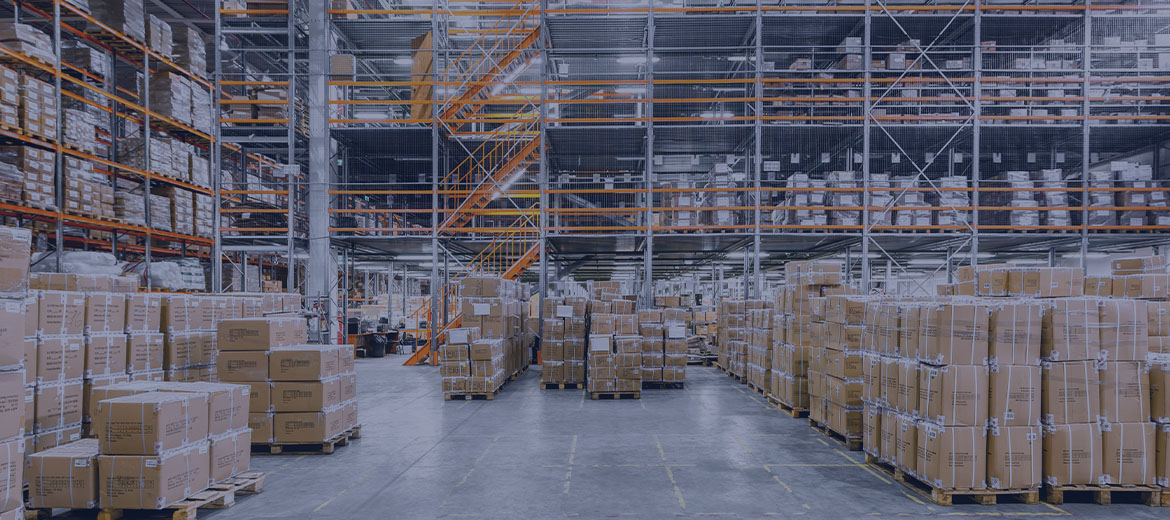
Here Is Why US Retailers Have Excess Inventory and What to Do About It
As you may have heard, retailers are facing a pretty big problem these days—and it's called “inventory bloat”. It’s happening at all levels of retail, from department stores to high street chains. The phenomenon is simple: retailers have so much inventory that they can't get rid of it fast enough. There is a surplus of goods, but the demand for them isn’t there.
This is an issue that's been plaguing the industry for years, but it's recently gotten worse. Major retailers such as Target, Walmart and Macy’s are suddenly packed with inventories.
-Target said it had nearly $15.1 billion in inventory as of April 30, the end of its first fiscal quarter. This is about 43% higher than the same period last year.
-Walmart reported a 32% increase in apparel and other non-grocery inventory.
-Costco told its investors that it was heavy in small appliances and home décor items.
And that's a problem for two reasons: First, when products are piling up in stores, they're not selling out—which means they aren't making money. It hurts retailers’ bottom line and makes them less profitable. Second, because of their large size, their stores and DCs need to keep a lot of inventory. And the demand is currently not there, so it might take a long while for these retailers to get rid of them.

How did the inventory problem begin?
In the last two years, the world has changed, and existing inventory systems are struggling to keep up. First, the global pandemic caused major shifts in consumer behavior, creating higher demand for some items and lower demand for others. More recently, as demand has started to shift back to historic patterns, high inflation is discouraging consumer spending. Traditional inventory planning systems weren’t built to deal with fluctuations of this magnitude and frequency.
US inflation hit a new 40-year high record
In retail, most operational decisions are based on the assumption that the near future will look like the near past. But now, we're witnessing macro variations where little adjustments are no longer sufficient. So, retailers need to understand these significant changes we normally don't deal with—and they need to figure out how to adjust accordingly.
Last year, retailers enjoyed a big boost in sales in the US. But the high demand for products overwhelmed supply chains. Retailers had to deal with supply chain constraints, which led to significant delays in deliveries and frustrated consumers. In addition, retailers faced challenges related to rising costs of labor, transportation, and raw materials.
Supply-demand disruptions, combined with cost pressures, drove prices higher. And in March 2022, inflation hit nearly 8.5 percent, its highest level in 40 years. From a macro perspective, retail giants’ move to clear excess inventory may also have positive implications for inflation, as other retailers are likely to follow suit.
Consumers are buying different items than what retailers had forecasted
When the pandemic started, people spent a lot of money upgrading their homes, cooking more at home, and buying casual clothes. Today people are catching up on experiences they put on hold during Covid-19. And as more of us return to business as usual, consumers are buying office wear, eating outside more, all while inflation sends prices soaring.
Some retailers misjudged how quickly buyers’ tastes would shift, and shopping habits change. Some didn’t see the supply chain issues and inflation coming. All these factors left them with whiplash and extra items people are no longer buying sitting on the shelves.
America’s top retailers - particularly those focusing on durable goods (such as furniture, garden equipment, kitchen appliances) rather than groceries - took a hit. With consumers directing dollars away from casual clothes and home goods, major retailers are suddenly saddled with lots of inventory they don’t need.
So, what can retailers do about the “inventory bloat” problem?
When major retailers in the US ended up with historical amounts of excess inventory, they started slashing prices on certain items to clear out their bloated inventories.
For example, in a recent press release, Target said it would take additional markdowns, remove excess inventory and cancel orders to optimize its inventory levels. The retailer announced a set of actions to right-size its inventory for the balance of the year and create additional flexibility to focus on serving guests in a rapidly changing environment.
Clearly, retailers can't afford to wait around for their inventory systems to catch up with reality. So instead of dealing with what comes next, they need to embrace a proactive supply chain strategy and implement modern and future-ready inventory planning solutions to tackle these issues head-on. Doing so, they can optimize and increase the flexibility of their supply chains and improve their bottom lines.
How Invent Analytics can help
At Invent Analytics, we align with retailers’ strategic perspective of the changing environment. We translate their evaluation of the macro world and strategic changes into their operational execution.
Using our profit-optimization model, we game out different scenarios, evaluate the efficiency of their changing strategies and recalibrate the operational macro decisions.
We help them adapt to the evolving landscape faster, profit-optimize their supply chain planning, and deliver significant financial improvement with our AI-powered inventory and markdown optimization solutions.
Handling different strategies for each segment
We work closely with our retail clients to help them effectively serve their customers and remain relevant in this changing environment. As a part of that, our systems and consultants take a granular approach that divides products into three dimensions. These include
- Product segmentation that takes into account macro trends (such as Covid-19 related changes or inflation)
- Seasonality segmentation that looks at the demand to see whether it can go up, go down or stay stable in the upcoming months,
- Supply/risk segmentation that considers restricted supply or no supply problem.
Our systems handling different strategies for each segment take a close look at the current demand profile, predict the future demand with high forecast accuracy, check vendor or supply availability, and enable retailers to take actions accordingly.
The ability to handle different strategies allows our clients to deal with high volatility environments more effectively and pro-actively adapt to changing customer demand patterns. Using a tailored and dynamic inventory strategy and a three-dimensional segmentation for each product enable them to deal with what comes next more effectively.

Demand forecasting and inventory optimization are the heartbeats of any retail supply chain operation. If you’re interested in profit-optimizing your inventory, reach out to our retail expert team and discuss your inventory management needs today. See how a true partnership can help you strive for further inventory efficiency and stay ahead in the ever-changing retail landscape.





